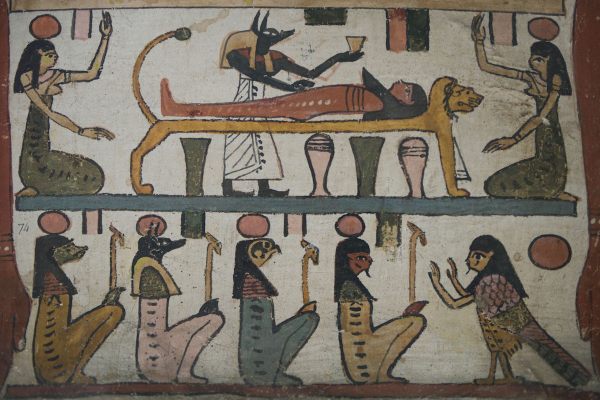Found: A Bloody Stone Axe From 250,000 Years Ago
A test revealed residue of blood and tissue from horses, cattle, camels and rhinos.

A hand axe with rhino all over it. (Photo: April Nowell)
When April Nowell, a paleoanthropologist at the University of Victoria, sent off a stone tool for protein residue analysis, she didn’t expect to find anything. The stone tools she and her colleagues had uncovered in Jordan were 250,000 years old, and it seemed impossible that any of evidence of animal tissue would still be there.
But the results came back positive: the test had found the residue of a horse on the stone tool.
Powell immediately sent off dozens more tools to be checked, and 17 came back positive. The tools still had traces of the blood and tissue of ducks, camels, cattle and rhinos on them.
Before these bloody hand axes, the oldest sample of protein residue ever found was 11,500 years old, which makes this result all the more surprising. The animal tissue residue was preserved all those years in microfissures in the tools.
There’s still a mystery to solve, too. The test didn’t identify all the proteins that were present on the tools. Nowell is now working on developing a test to identify those mysterious residues, she told the CBC. She thinks they could have come from elephants or ostriches.
Every day, we highlight one newly found object, curiosity or wonder. Discover something amazing? Tell us about it! Send your finds to [email protected].



















Follow us on Twitter to get the latest on the world's hidden wonders.
Like us on Facebook to get the latest on the world's hidden wonders.
Follow us on Twitter Like us on Facebook